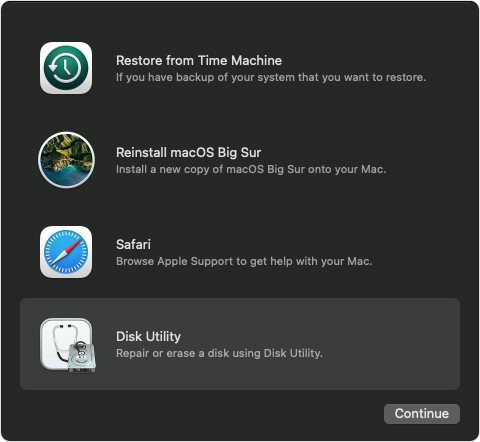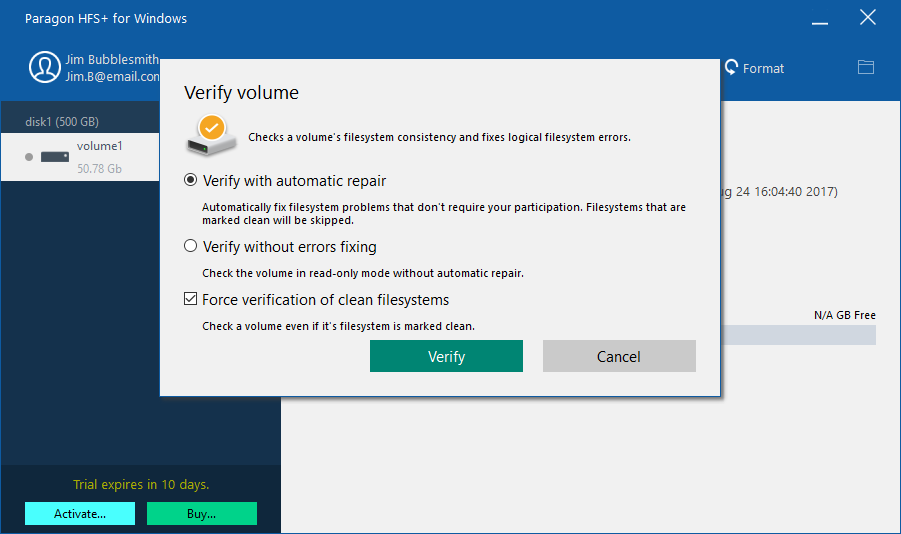

SD card port (built in) or SD card reader: If using a standard size SD card, you’ll need a port in your computer, or a USB card reader.Micro SD card adapter / USB micro SD card reader (If using micro SD card): To enable your computer to read your memory card, you’ll need an adapter (that will allow you to insert in a SD card port in your computer) or a microSD card reader (that can be inserted in your USB port on your computer).

#Drive formst commmon for windows and mac how to
Here’s how to format your SD card in your computer running Windows 10. Okay, with this reminder out of the way, let’s get on to successfully scrubbing your SD cards. Please remember, once you reformat an SD card, all your media will be permanently gone. If you just jump into the guides below, and forget this step, you’ll lose all your photos and videos. You’re not going to want to forget this step. See more about the delete vs reformat debate at the end of the post. And here’s how to overcome connection problems.Ĭan you just delete the files instead of reformatting the card? Yes. If you need some help connecting, here are 4 ways to do this. Three of the following methods require you to connect directly to your computer. Here are the specific steps for formatting your SD card in these different methods. Which File System is best for high capacity memory cards?.How to Format an SD card Using CMD (Windows 10) There is no filesystem that will be ideal for all operating systems, as they were all built differently. You have to ask yourself, do I need to use those characters, or do I need individual file sizes to be higher than 4GB each. The following reserved characters are forbidden on NTFS files/names: (greater than) Only problem with NTFS is that it does not allow the following characters, which can be a problem on Linux and OSX, but obviously not on Windows: It also has very limited permission and ACL support for those who need to isolate different users from certain files. ExFAT has no file system-level encryption or compression support, and, like FAT32 before it, there is no journaling built into the exFAT file system. The problem with ExFat (even though others suggested it, is the 4GB file size limit.
#Drive formst commmon for windows and mac mac os
NTFS is the most reliable of the three file systems because it is journaled. However, Mac OS has poor NTFS write support. You'd probably have to purchase the Paragon NTFS driver. See How-To Geek: How to Write to NTFS Drives on a Mac. If you add phones to the mix, you'll have to use FAT32 or exFAT. As long as you don't hit the file size limit of FAT32, they're pretty much the same. However, I would not use a drive formatted with FAT32 or exFAT for anything that isn't transient or unimportant. I recently had problems with both file systems on camera SD cards that required reformatting to fix. I don't even want to think about having the same issues with a 2TB hard drive. While you can fix minor problems on all three file systems with fsck, you will have to use MS Windows to fix anything major. Consider splitting the drive into two partitions. A large NTFS partition for data that is more stable, as well as read/write on Windows and Linux. A small exFAT partition to copy files from Mac OS.įAT32. Read/write on all three systems. Not journaled. File size < 4G.ĮxFAT. Read/write on all three systems. Not journaled.


 0 kommentar(er)
0 kommentar(er)
